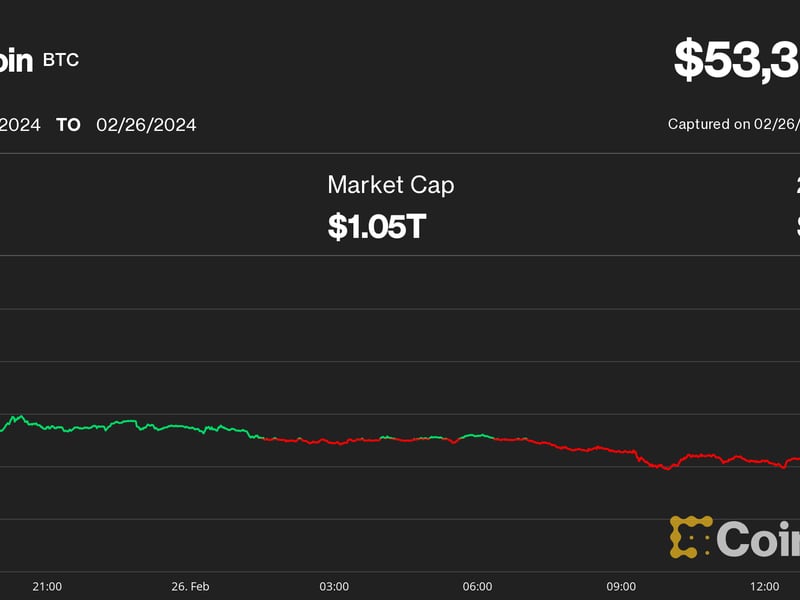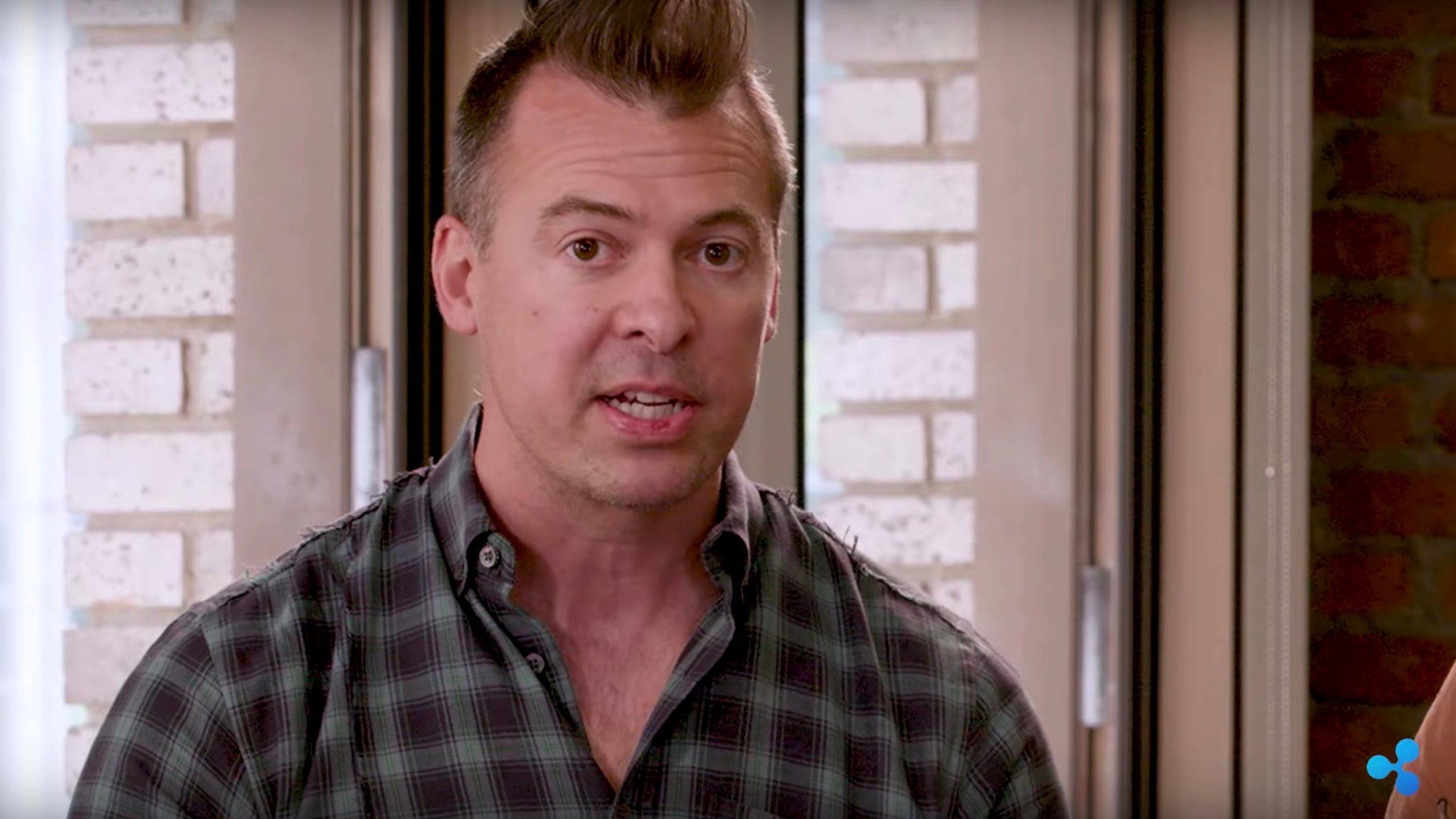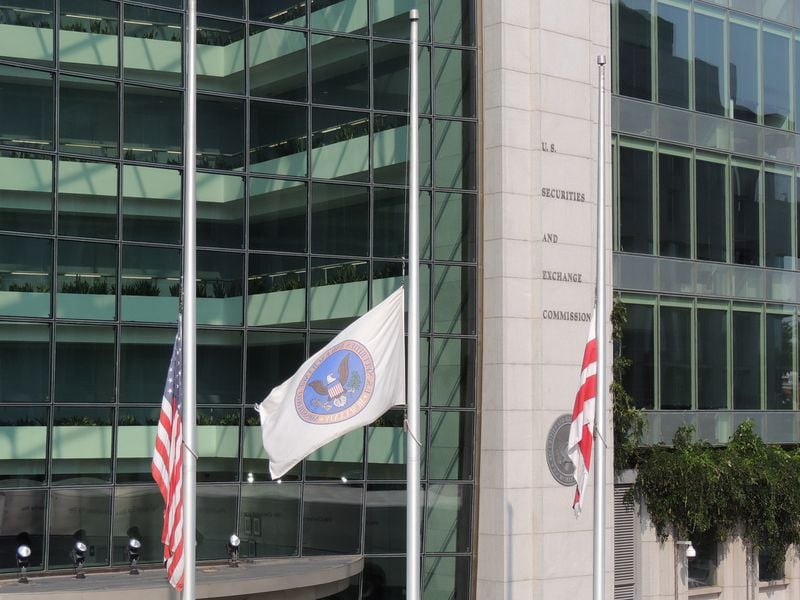Semler Scientific Studied MicroStrategy’s Success Before Adopting Bitcoin Strategy
-
Semler Scientific’s decision to covert its cash holdings to bitcoin came a bit more than a year after Eric Semler became an active investor in April 2023.
-
Semler said he and the board studied MicroStrategy’s success in adopting its bitcoin strategy.
-
The medical device manufacturer has since spent more than $60 million acquiring the cryptocurrency and plans to buy more as soon as a hoped-for capital raise gains SEC approval.
It was more than two years before Bitcoin’s birth when Dr. Herbert Semler, who served as a flight surgeon in the Korean War before leading cardiology at a Portland hospital, co-founded Semler Scientific (SMLR) in 2007.
Seventeen years later, the medical device manufacturer has converted much of its cash holdings to bitcoin and aims to buy a lot more.
“He was so excited,” Eric Semler, the company’s chairman and son to Herbert Semler, said about his father’s reaction to this new investment strategy. Herbert’s father and Eric’s grandfather, Harry Semler, had seen gold as a great investment during his time, so he would’ve loved seeing the company invest in the “new gold,” Eric Semler told CoinDesk in an interview on Tuesday.
Herbert – at almost 96 years old – is now retired and not involved in Semler Scientific anymore, and even Eric had only been a passive investor in SMLR until he took a more active role in April 2023, spurred by governance issues at the company.
A lot has changed since the younger Semler’s arrival, most notably the company’s decision to adopt bitcoin as a treasury strategy which was announced in May of this year. In this, Semler is attempting to follow the path of MicroStrategy (MSTR), which under the leadership of Michael Saylor famously began converting its cash holdings to bitcoin and today holds nearly $14 billion worth of the token.
“Michael Saylor’s drumbeat about zombie companies with a lot of cash that were small and weren’t getting attention in the stock market kind of resonated with all of us on the board,” Semler said. So they decided to study MicroStrategy’s success and saw the value in adopting its strategy.
Semler Scientific has so far purchased 929 bitcoins for a total of $63 million, or an average price of a bit less than $68,000 each, according to the firm’s second-quarter earnings report. The recent decline in price to about $57,000 has trimmed the value of those holdings by about $10 million, but that doesn’t change the board’s conviction, Semler said.
“When you believe in something so strongly and when you have conviction you have to be willing to step up and buy things when they go against you,” he said. “I think that the ultimate test of conviction is whether you will buy something that’s down and that you bought 20% higher.“
Taking another page from the Saylor playbook, Semler has moved to raise money in the capital markets to purchase far larger amounts of bitcoin. The company filed a $150 million mixed shelf offering in early June and is currently awaiting SEC approval to move forward.
Seasoned issuers like MicroStrategy typically receive the green light from the regulator in quick fashion, but because Semler Scientific is a smaller company and this is the first time it has attempted this sort of capital raise, the approval is taking more time.
An early believer
Having been a professional investor since 1998, Semler met with bitcoin entrepreneurs early on in the crypto’s life and began personally buying in 2016. His investment focus had always been on future trends, Semler said, and he liked to look for stocks and companies that could go from small cap to large cap.
“Bitcoin fits into that realm,” he said and in recent years, he realized that the cryptocurrency had shown staying power, specifically during the collapse of Silicon Valley Bank, one of three lenders that succumbed to bank runs in 2023. All three banks had provided banking services to cryptocurrency firms, which in turn increased uncertainty about the industry.
“Bitcoin’s durability through that crisis impressed me and had an impact on my thinking about it,” Semler recalled.
The ultimate decision to use bitcoin as a treasury reserve was a simple business move, Semler explained. The company had plenty of free cash on its balance sheet and was generating additional positive cash flow each year – fundamentals that Semler believed his firm wasn’t getting credit for from Wall Street.
“It was the result of a lot of soul searching about how to provide shareholder value,” he said.
Edited by Stephen Alpher.
Disclosure
Please note that our
privacy policy,
terms of use,
cookies,
and
do not sell my personal information
has been updated
.
CoinDesk is an
award-winning
media outlet that covers the cryptocurrency industry. Its journalists abide by a
strict set of editorial policies.
In November 2023
, CoinDesk was acquired
by the Bullish group, owner of
Bullish,
a regulated, digital assets exchange. The Bullish group is majority-owned by
Block.one; both companies have
interests
in a variety of blockchain and digital asset businesses and significant holdings of digital assets, including bitcoin.
CoinDesk operates as an independent subsidiary with an editorial committee to protect journalistic independence. CoinDesk employees, including journalists, may receive options in the Bullish group as part of their compensation.
:format(jpg)/s3.amazonaws.com/arc-authors/coindesk/6d05e6ca-ca9b-44d0-97e6-b6bdceee3d6f.png)
Helene is a New York-based reporter covering Wall Street, the rise of the spot bitcoin ETFs and crypto exchanges. She is also the co-host of CoinDesk’s Markets Daily show. Helene is a graduate of New York University’s business and economic reporting program and has appeared on CBS News, YahooFinance and Nasdaq TradeTalks. She holds BTC and ETH.
Follow @HeleneBraunn on Twitter









